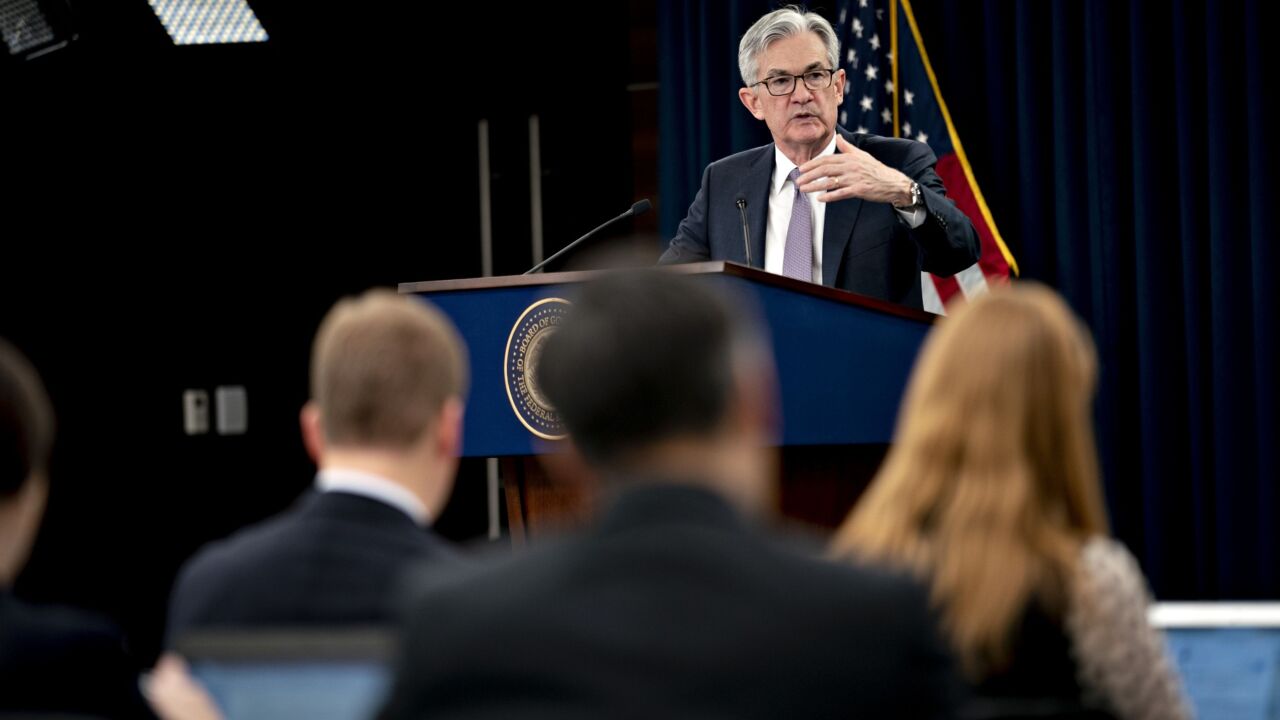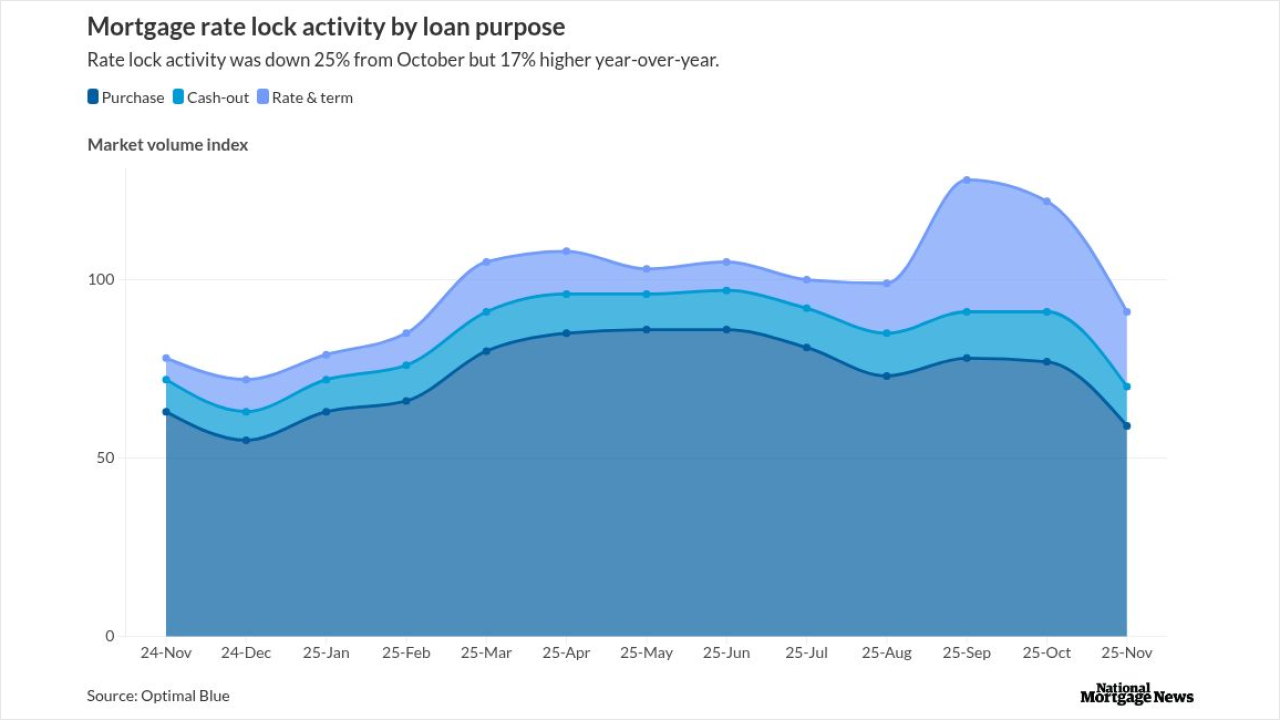SunStrong Capital Holdings is preparing to raise $253.8 million in asset-backed securities (ABS) from investors, to be repaid from a pool of residential solar loans extended to highly qualified borrowers.
Four tranches of notes, classes A,B, C and D, will be issued through the SunStrong Issuer 2025-A transaction, according to Kroll Bond Rating Agency. The collateral pool is composed of 8,639 loans, which have a current average balance of $40,445 and a weighted average (WA) remaining term of 251 months. The loans also have a coupon of 3.56%.
All notes in the transaction have a June 21, 2055 legal final maturity date, while the A, B, C and D notes benefit from initial credit enhancement levels of 52.33%, 33.13%, 30.43% and 28.08%, respectively. Also, KBRA assigned ratings of AA-, A-, BBB- and BB to the classes A, B, C and D, respectively.
SunPower Corp. originated the underlying loans, which had original terms ranging from five to 25 years, with interest rates ranging from 0.00% to 10.59%, and the loans have a WA FICO score of 757.
The deal has several structural features that support cashflow to the notes and enhance credit, including overcollateralization and amortization triggers, KBRA said. Each class of notes will receive principal until it reaches its overcollateralization amount.
The deal will also maintain a reserve account that equals 1.00% of the outstanding note balance. KBRA added that the initial reserve amount is 0.73%, representing a percentage of the initial aggregate solar loan balance.
SunStrong Issuer also includes a sequential amortization trigger. Should the cumulative default level exceed the applicable trigger level, which will start a sequential amortization event, KBRA said.
KBRA pointed out several other characteristics that lend support to the credits. Although solar loans are another form of debt, KBRA nots that they can be viewed as displacing utility payments and reducing the household's overall electricity payments. That's because solar loans with longer tenors result in monthly savings, typically, giving borrowers incentive to keep up payments on their solar loans, or revert to higher monthly utility costs.
The transaction can also substitute up to 10% of the defaulted solar loans for a price equal to the loan balance and interest that accrued before the loan defaulted.




